From Tradition to Today: The History of Eye Care & the Growing Importance of Eye Care
| Estimated Reading Time: 5 minutes |
If you look at photographs from any century, one thing remains constant: the eyes reveal everything. Fatigue, stress, age, and even diet show up in this small patch of skin before anything else. Yet most people only start thinking about eye care after dark circles or creases become obvious.
Table of Content: |
The importance of eye care is older than modern cosmetics. Nearly every civilization—Indian, Chinese, Greek, Persian, Egyptian—experimented with ways to protect and refresh the delicate region around the eyes. Some relied on herbs, some on oils, some on techniques involving light, breath or temperature. Even without modern chemistry, they understood that the skin around the eyes behaves differently from the rest of the face.
This long lineage of observation, correction, and refinement forms the backbone of what we now call “eye care.”

Anatomy of the Eye Area — Why Ordinary Skincare Isn’t Enough
The area surrounding the eyes is structurally different from other facial zones. Dermatology textbooks often describe it as the thinnest skin on the body, sometimes less than half the thickness of cheek or forehead skin. This region has:
-
Fewer oil glands
-
A weaker moisture barrier
-
Smaller collagen stores
-
High mobility (we blink nearly 15,000–20,000 times a day)
All this movement pulls repeatedly on the underlying connective tissue. Over decades, this contributes to fine lines, puffiness, water retention, and texture changes. Many routine skincare products—especially those containing strong exfoliants—are often too harsh here.
This is why eye-area formulas tend to use smaller molecules, humectants that attract water without irritation, and peptides designed to signal collagen renewal without the burn of strong acids.
Understanding this basic biology makes it easier to appreciate the evolution of eye care through history.

Ancient Eye Care Across Civilisations
India: Ayurveda and Ocular Wellness
Ayurvedic physicians paid careful attention to the sensory organs, and the eyes were treated as a separate branch altogether—Shalakya Tantra. Their approach included cleansing, cooling, strengthening and lubrication.
-
Netra Snana — washing the eyes with medicated decoctions. Herbs like triphala or jasmine leaves were infused in warm water to soothe and clear irritation.
-
Nasyam — nasal administration of herbal oils. Though this seems unrelated, Ayurveda links nasal pathways with ocular nourishment.
-
Trataka — a disciplined gazing practice using a lamp flame or a single dark object. This improves ocular muscle strength and tear flow and is still used in yogic traditions.
-
Ghrita (herbal ghee) — used sparingly around the eyes to counter dryness, especially in hot, dry climates.
These methods were rooted in observation—irritated, red eyes calmed when washed with cool infusions; dryness softened with clarified butter; slowness of vision improved with gazing exercises.
China: Herbal Compresses and Acupressure
Chinese historical texts mention mulberry leaves, chrysanthemum flowers, and pearl powder as remedies for puffiness and fatigue. Techniques involving acupressure around the orbit bones were used to stimulate circulation.
A warm or cool cloth soaked in green tea became a standard household remedy long before tea bags existed.

Egypt and the Mediterranean
Egyptian practices often combined beauty with function. Kohl lined the eyes not only to create contrast but to reflect sunlight and protect from desert glare.
In Greece and Rome, olive oil and honey were regarded as gentle emollients for dryness. Physicians like Galen described poultices made from herbs and resins to soothe irritated or overworked eyes.
Medieval Europe
Monastic healers recorded recipes using elderflower, chamomile, and eyebright. Compresses soaked in cooled infusions were placed over the lids to reduce swelling caused by long reading sessions in dim candlelight.
Across cultures, even without microscopes or molecular studies, people learned through trial and error that the eye area required special handling—softer, cooler, and slower than other forms of care.
Modern Skincare vs. Ayurvedic Approaches for the Eye Area
Modern skincare relies heavily on dermatological research:
-
Hyaluronic acid for hydration
-
Peptides for collagen signalling
-
Ceramides for barrier support
-
Caffeine and niacinamide for puffiness
-
Retinol in extremely low percentages for long-term texture improvement

These ingredients are backed by predictable mechanisms; they bind water, encourage firmness, or help the skin recover from oxidative stress.
Ayurveda, in contrast, frames eye care through the lens of heat balance, lubrication, and strain. Instead of lab-developed actives, it employs:
-
Ghee for nourishment
-
Aloe gel for cooling
-
Rose water for hydration
-
Triphala-based washes for clarity
-
Sesame oil massages around the temples for circulation
Both systems have value. Modern skincare excels when you want targeted results—fine lines or thinning skin. Ayurvedic approaches shine in managing strain, dryness, and sensory fatigue. Many people combine the two: using soothing herbal compresses at night and a peptide-based eye cream in the morning.
Lifestyle and Holistic Eye Care
Regardless of the products you use, eye health is heavily shaped by daily behaviour:
-
Screen exposure: Blinking rate drops dramatically during continuous screen use. Less blinking means less lubrication.
-
Sleep patterns: Inconsistent sleep increases pigmentation and swelling due to elevated stress hormones.
-
Hydration and salt: High-salt meals often cause morning puffiness.
-
Sunlight: UV exposure accelerates thinning of the already delicate skin.
-
Facial tension: People unconsciously squint, frown, or raise their brows—microexpressions that deepen folds with time.
Simple habits can prevent many early concerns—adjusting screen brightness, adding periodic blink breaks, reducing late-night phone usage, using sunglasses, and applying broad-spectrum sunscreen around the temples and under-eyes.

Keeping Eye Care Simple: What Truly Matters
You don’t need a dozen products. What you need is consistency:
1. A gentle cleanser
2. A hydrating layer (rose water, hyaluronic serum, or aloe gel)
3. A lightweight eye cream or oil
4. Daily sunscreen
5. Weekly cooling compress or herbal rinse
6. Early correction of squinting habits
Things to avoid:
-
Rubbing the eyes aggressively
-
Applying harsh exfoliants near the lash line
-
Using random home remedies like lemon juice or undiluted essential oils
-
Sleeping face-down on the pillow
-
Ignoring early dryness or strain
The best routines are the ones that don’t feel like routines—they blend into daily life easily and stay for years.
Conclusion
Eye care has never been a passing trend. Every culture that paid attention to well-being, whether through herbs, pressure points, or simple cooling rituals, noticed that the area around the eyes always needed gentler handling. Modern formulas add precision and convenience, but the basic principles have stayed the same: protect the thin skin, keep it hydrated, reduce strain, and avoid anything that forces the area to work harder than it has to. When these ideas come together—some borrowed from history, some learnt from science—the routine becomes less about chasing results and more about maintaining comfort and clarity. The eyes respond best to steady, thoughtful care, and even small, consistent habits can preserve their brightness over time.
Recommended Products by Blue Nectar:
Niacinamide Under Eye Cream for Dark Circles with Papaya & Potato Starch | (18 Herbs, 15g)
Shubhr Niacinamide Under Eye Serum for Dark Circles (17 herbs, 30ml)
Related Articles:
How to handle dry skin under your eyes?
Refernces:
https://www.isunskincare.sg/pages/the-history-of-skincare
https://www.siarambhopal.com/blogs/does-shalakya-tantra-plays-an-important-role-in-ayurveda
https://sanjeevanam.com/blog/triphala/





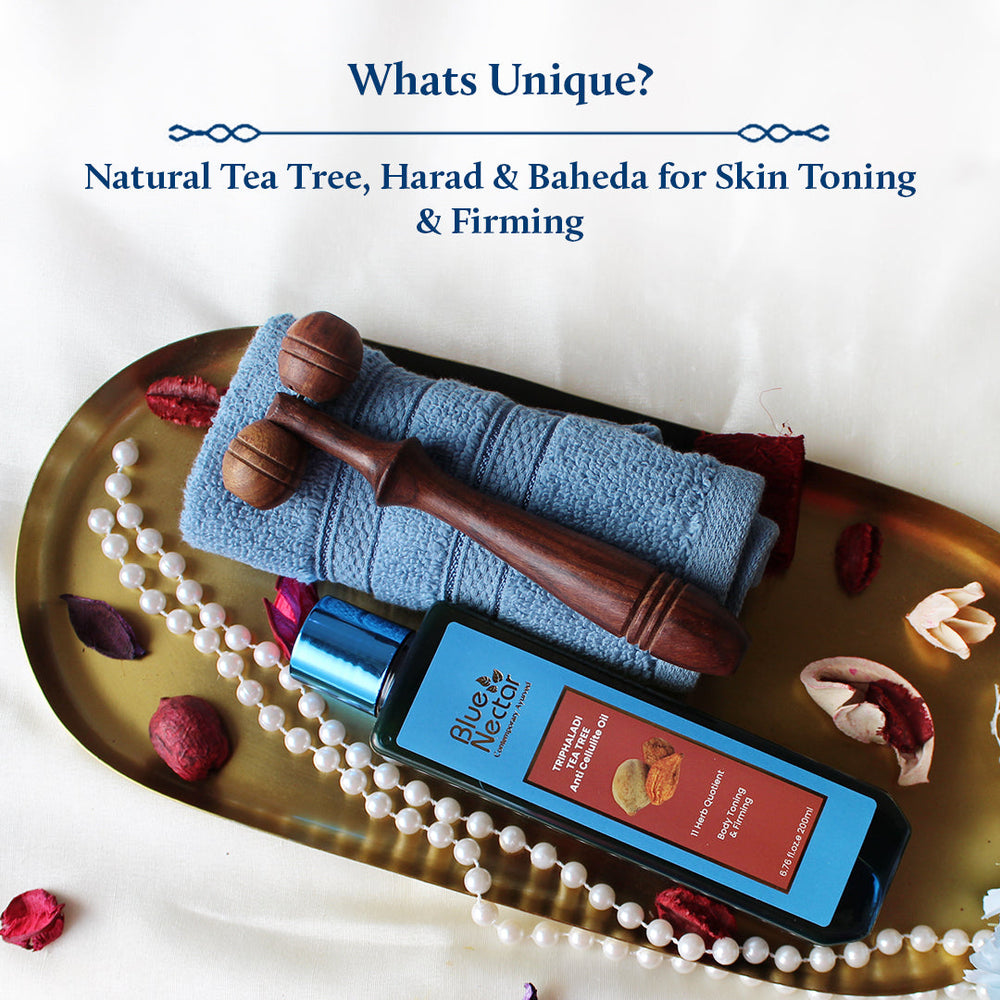

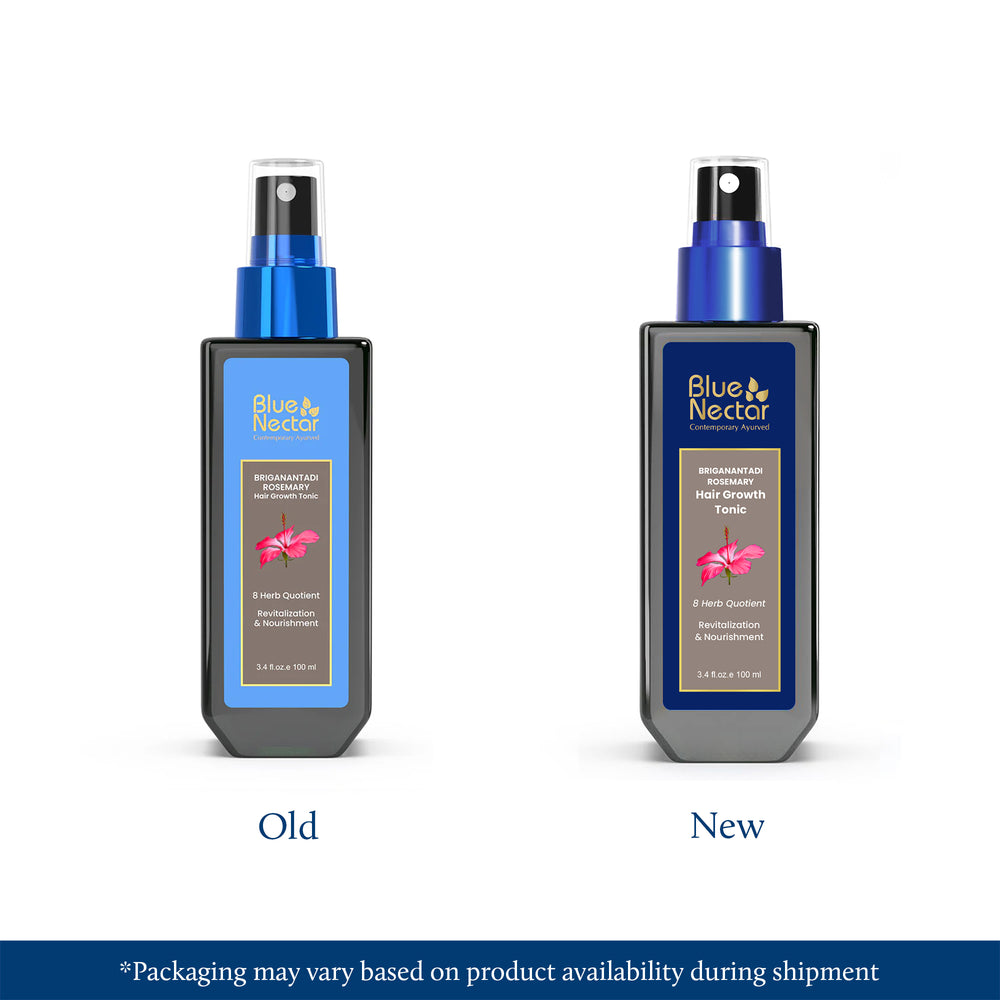
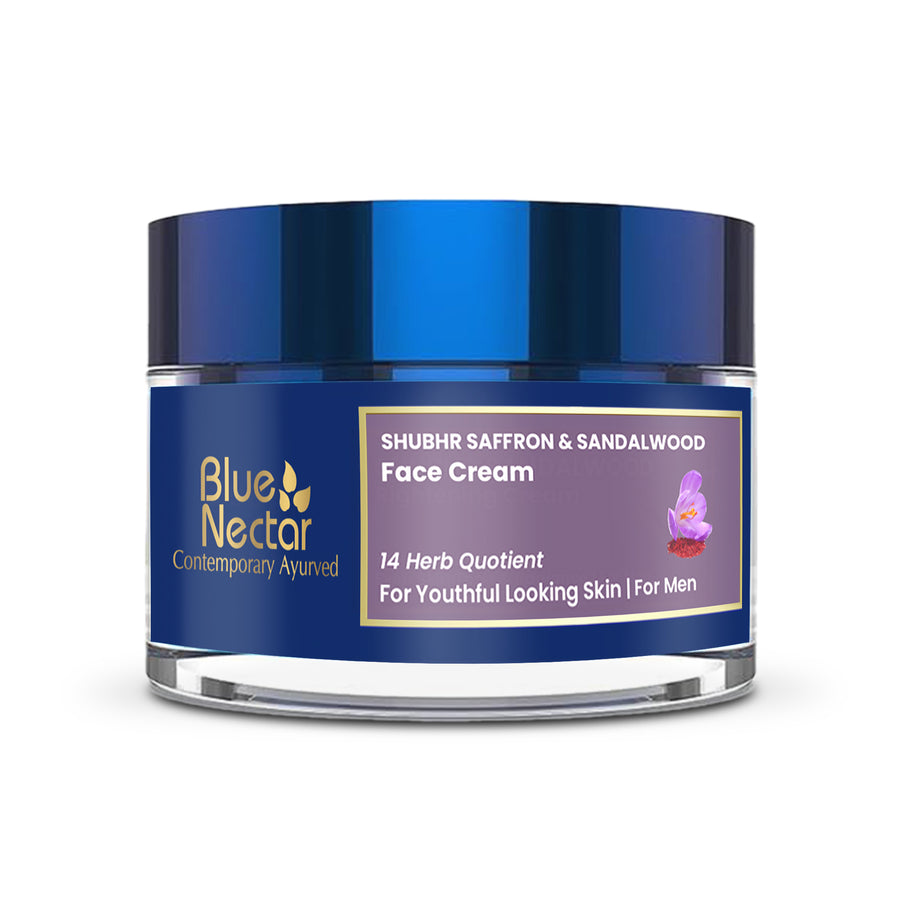
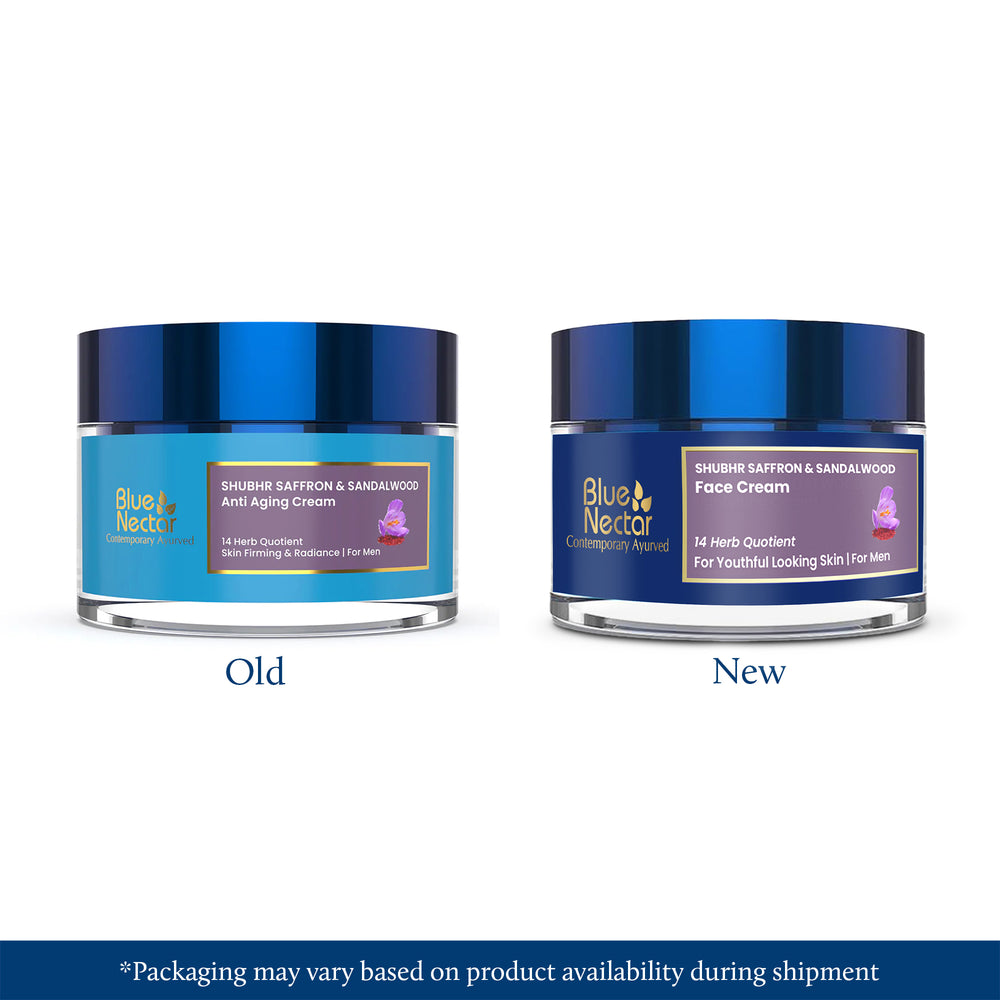
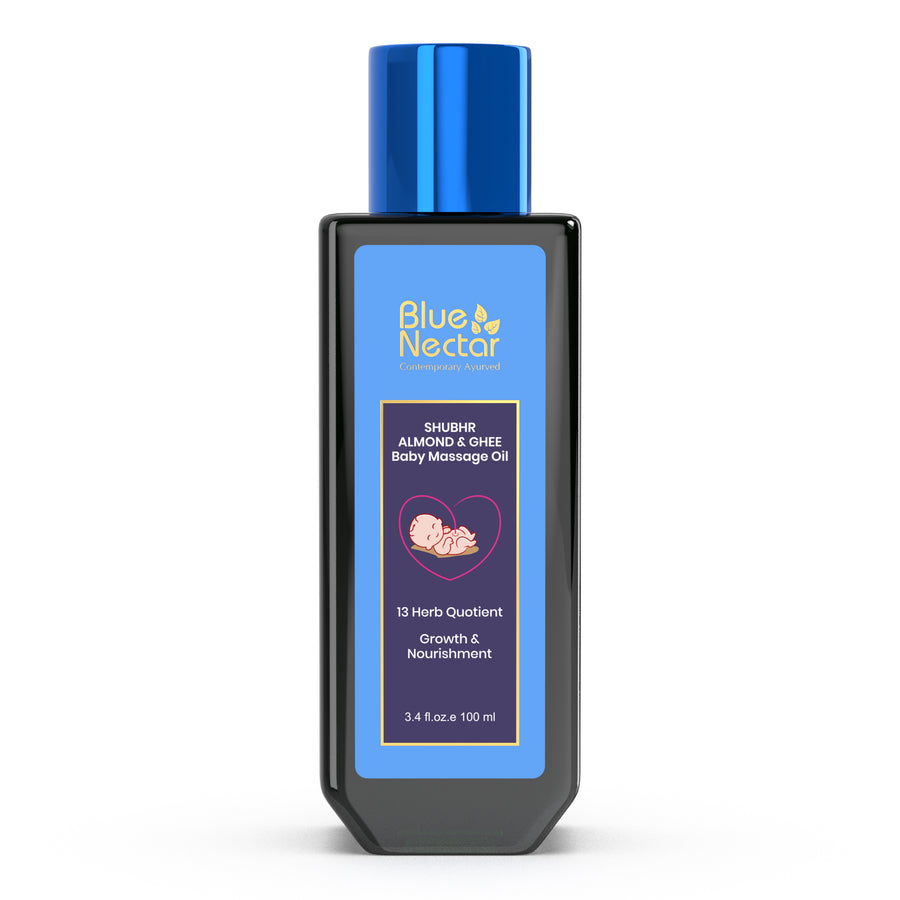
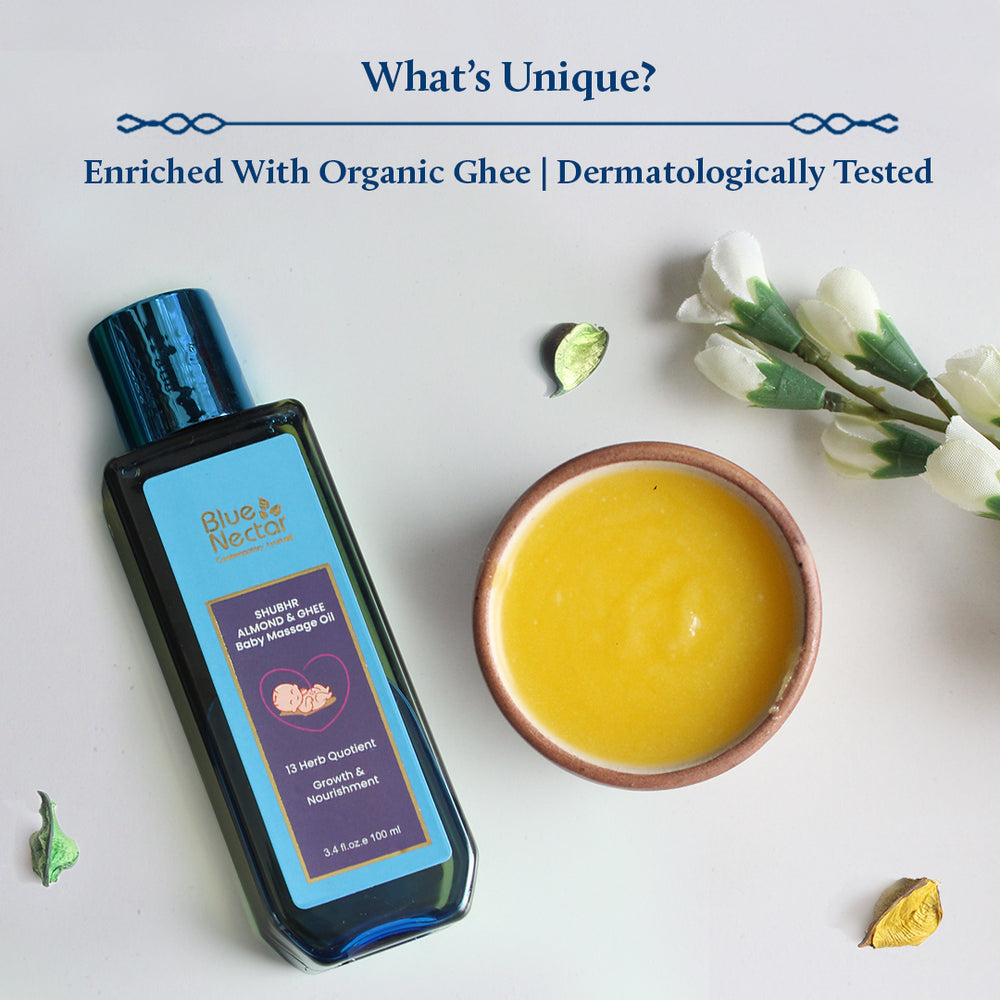
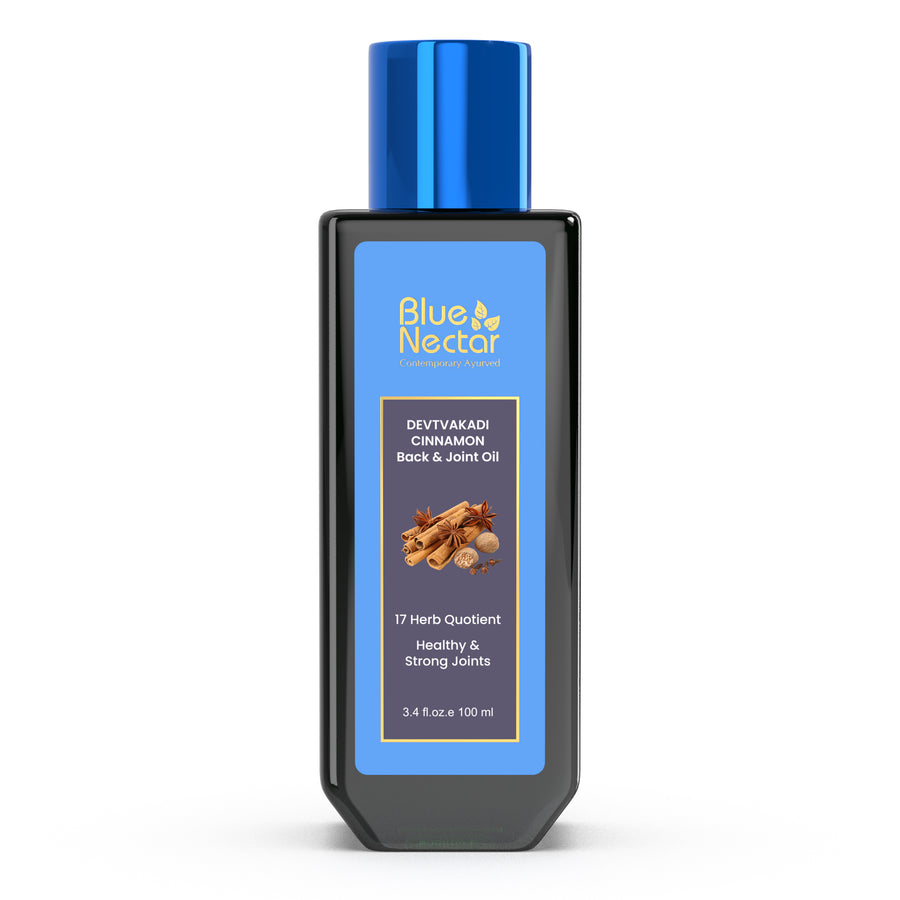
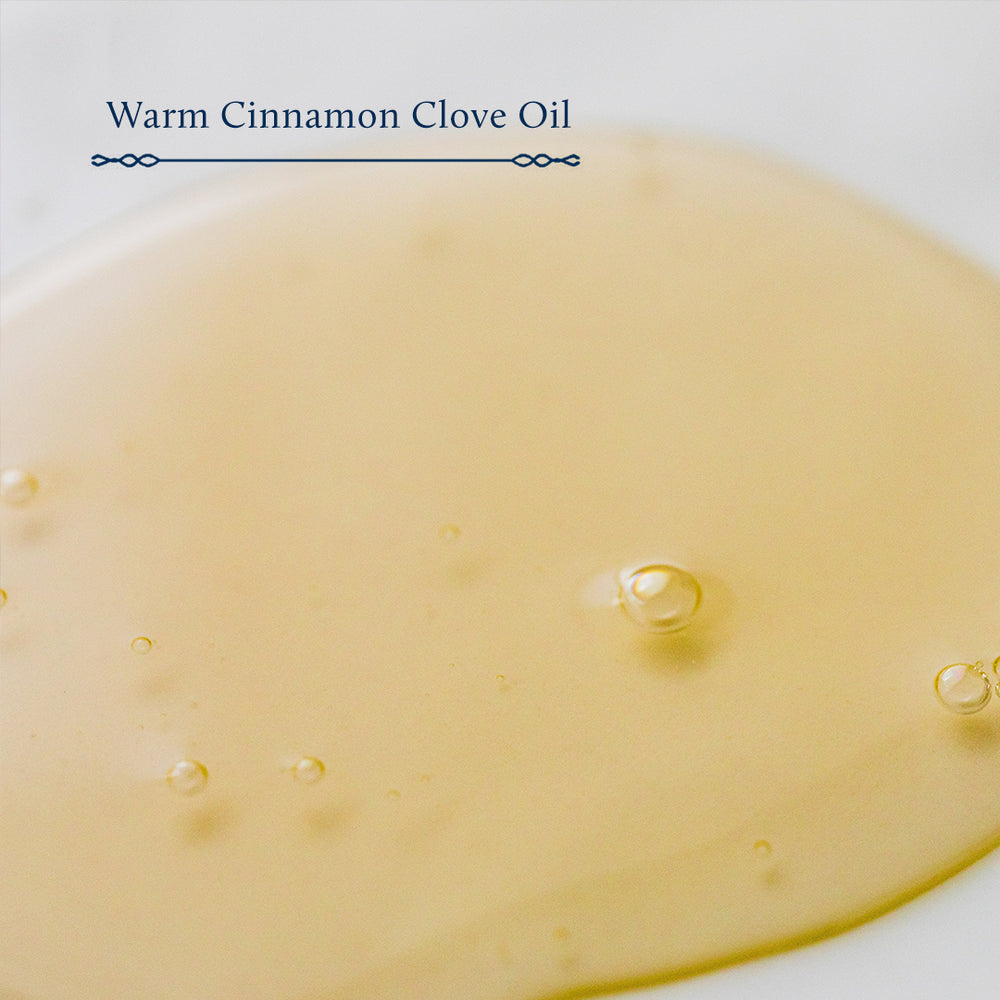


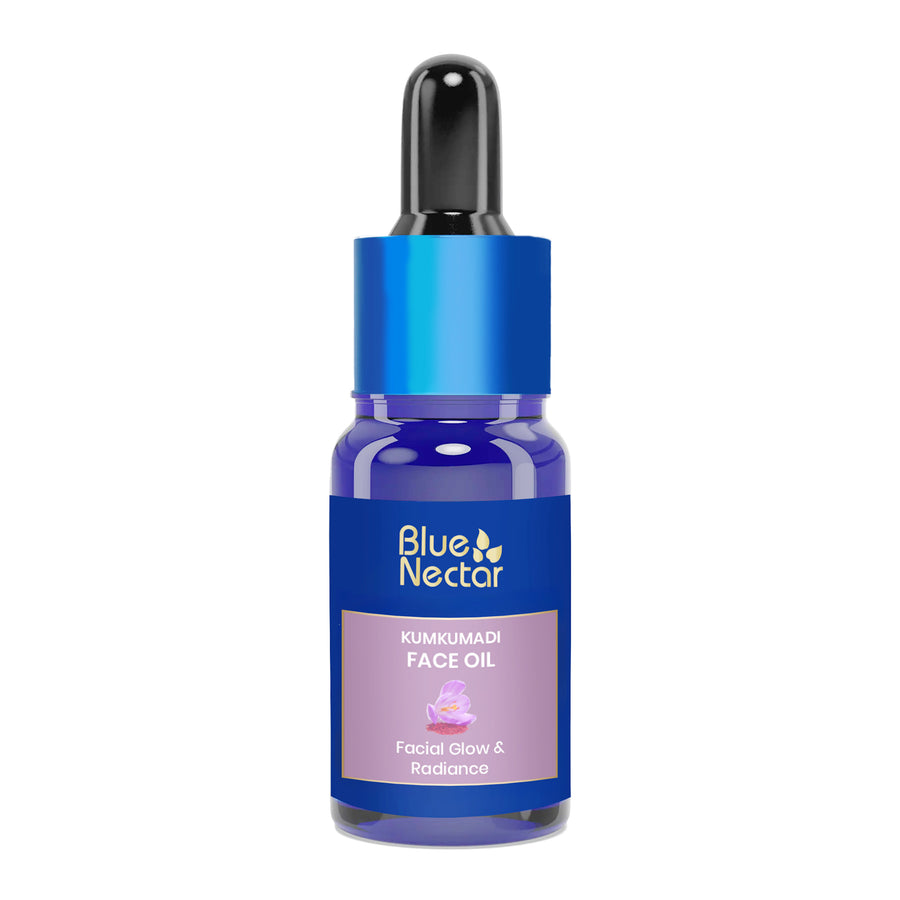
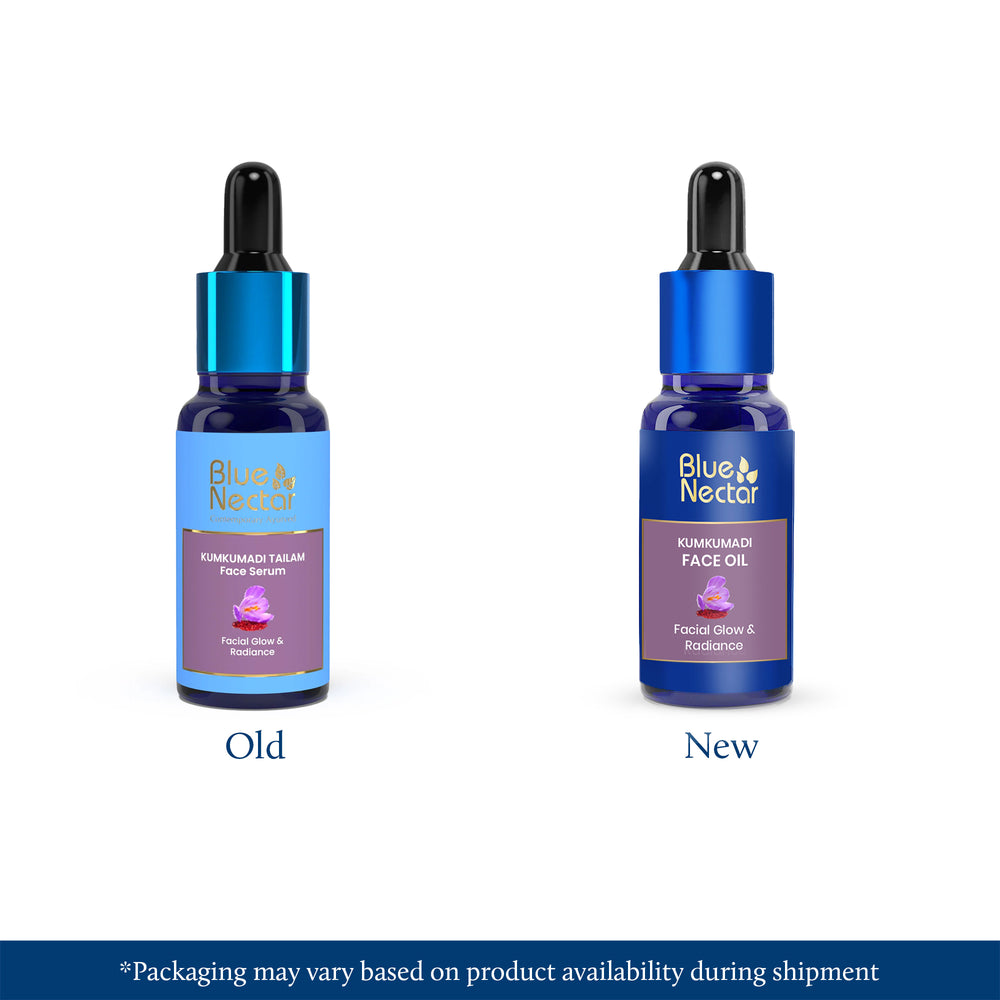

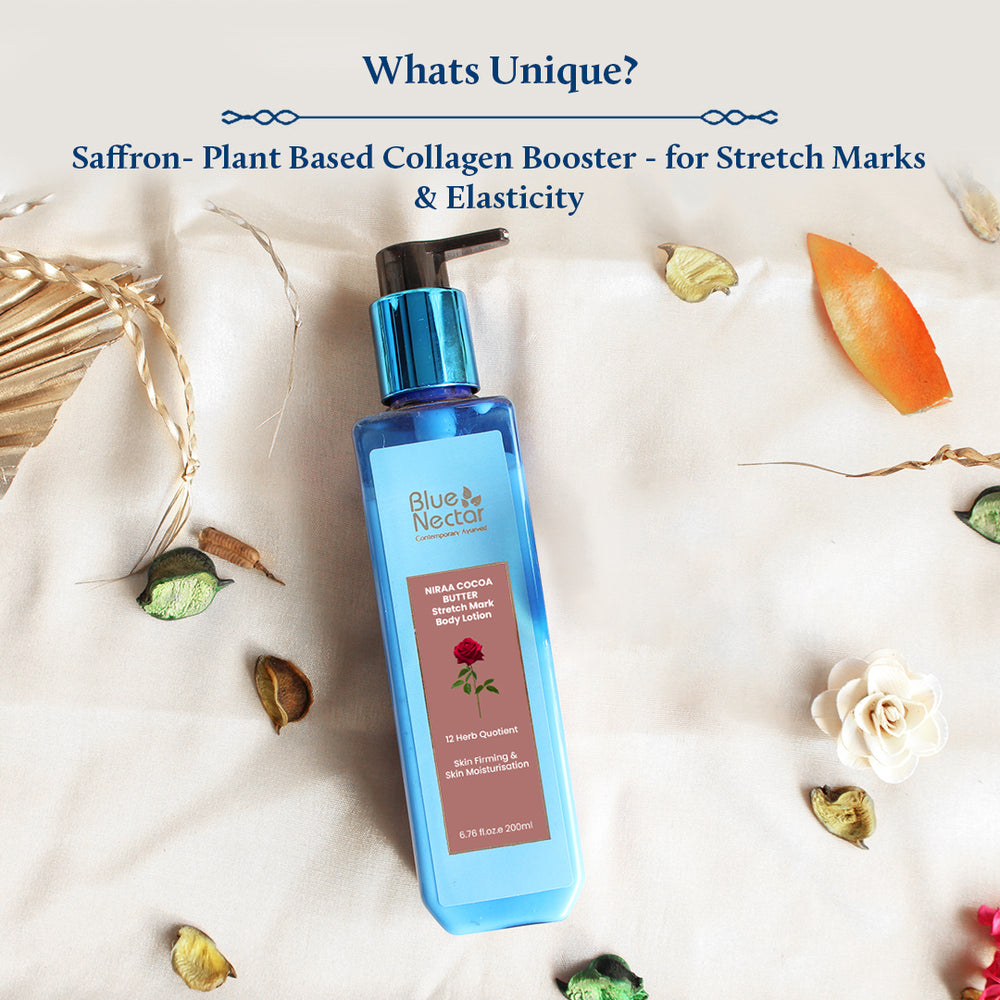
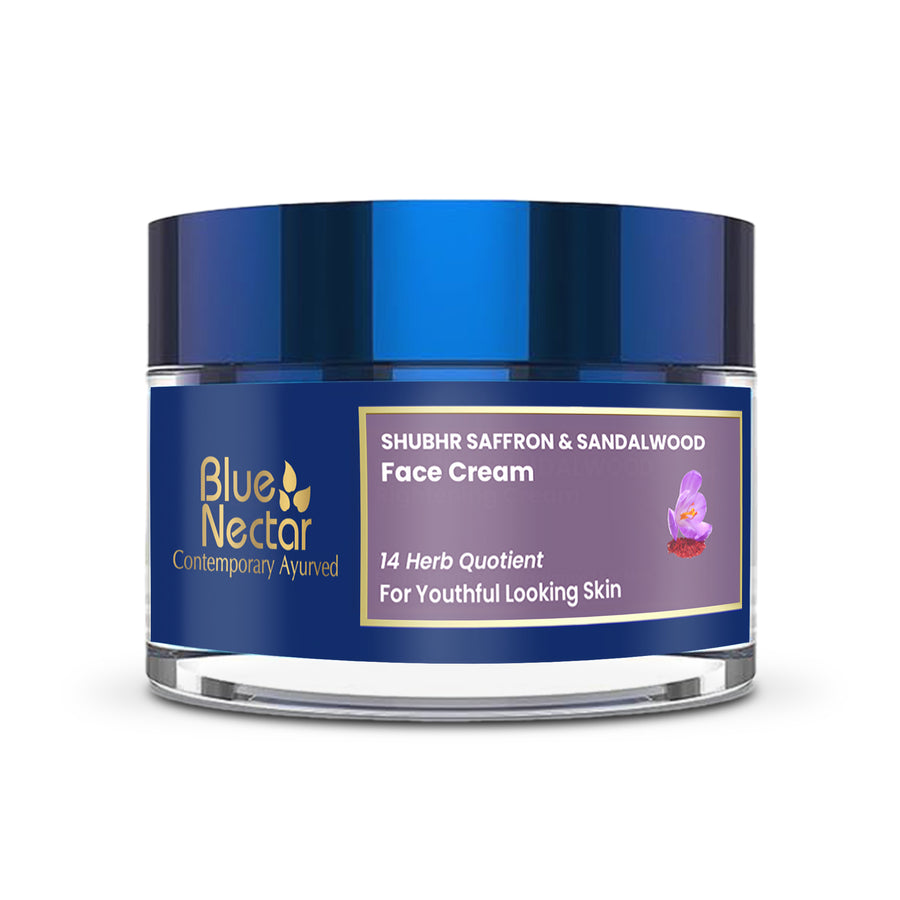

Leave a comment